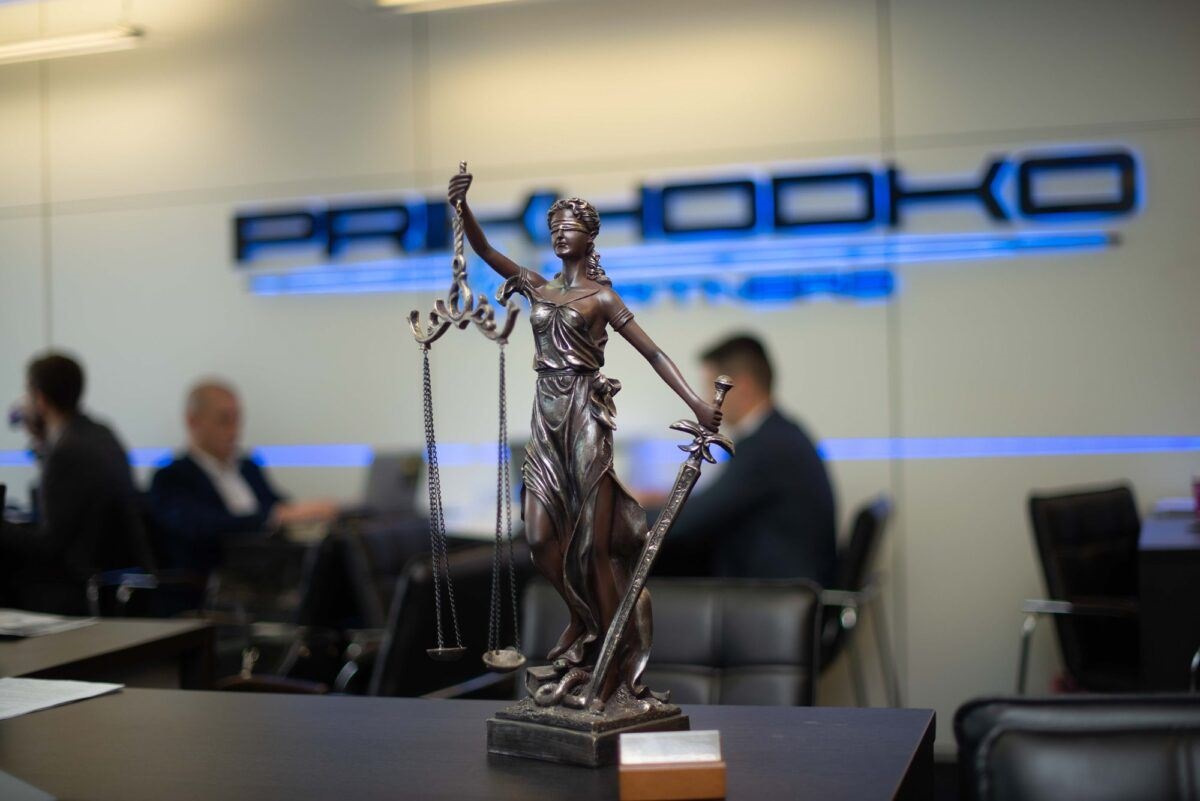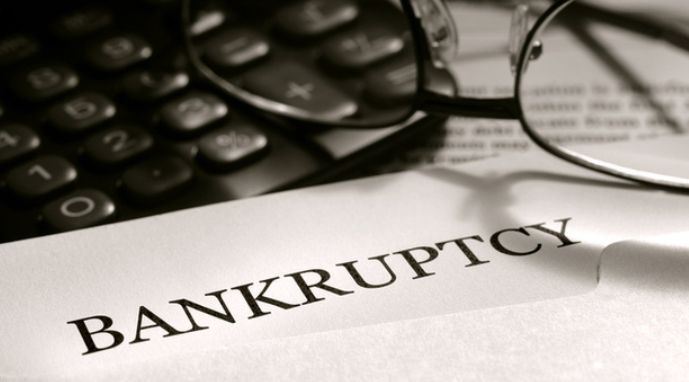
«Everyone who cooperates with us frees himself from onerous loans. We process bankruptcy "on a turnkey basis" throughout Ukraine!»
Lawyer
Expert on bankruptcy, write-offs of banks on loans, government and civil process. Specializes in the procedures of bankruptcy and restructuring of the physical assets of sole proprietorships, oskarzhennі vykonavchih prodzheni, znyatti arreshtu z rakhunkiv, oskarzhenni punitive sanctions on loans.
The procedure for recognizing a legal entity as bankrupt in Ukraine
When a legal entity is in a difficult financial situation and cannot fully fulfill its financial obligations, the moment of bankruptcy may come. In this case, it is necessary to perform a certain sequence of actions to recognize a legal entity as bankrupt.

What is the procedure for recognizing a legal entity as bankrupt in Ukraine?
- Collection and preparation of documents
Bankruptcy proceedings can be initiated both by a legal entity that is a debtor and by a creditor that has financial claims against the debtor by filing an insolvency petition with the court. To begin with, both the creditor and the debtor need to collect the necessary documents and prepare them for submission to the court. A clear list of documents to be attached to the application is defined by the Bankruptcy Procedures Code. Briefly, the list of attachments includes evidence of payment of court fees (applies only to the creditor), evidence of the advance payment of the arbitration administrator's fee, documents confirming the debtor's credit obligations, evidence of the insolvency of a legal entity, proposals for the nomination of an arbitration administrator. The list of documents is slightly different for the debtor and for the creditor.
- Submission to court and initiation of proceedings in the case
After preparation, the application with attachments is submitted to the commercial court. After reviewing the documents, if there are no deficiencies in them, the court issues a decision to open proceedings in the case. This document introduces the property disposal procedure and appoints the candidate of the arbitration manager, who will be responsible for its implementation in the future. He ensures the preservation and accounting of the debtor's assets, after which he takes measures to restore his solvency or moves the debtor to the stage of liquidation.
- Property disposal procedure
The resolution on the opening of proceedings introduces the procedure of property disposal, which lasts up to 170 days. During this period, the arbitration manager examines the claims of creditors made to the debtor, measures are taken for the possible preservation of the debtor's assets in the future, meetings are held with the committee of creditors to determine the further fate of the legal entity, where it is determined whether it is possible to restore the debtor's solvency, or whether it is necessary to proceed to the liquidation procedure. The final result of this stage should be the approval of the rehabilitation plan or the submission to the arbitration manager of the court of a petition to declare the debtor bankrupt.
- Recovery of solvency or liquidation
After the expiration of the property disposal procedure, the transition to rehabilitation of the legal entity, or its complete liquidation with repayment of the total amount of the debt, takes place. Sanitation consists in restoring the financial stability of the debtor, which can be carried out by restructuring debts, selling part of the assets and reorganizing the activities of the legal entity. For this, an approved rehabilitation plan is submitted to the court for signature, with certain measures that the debtor should carry out in order to restore in the future the possibility of partially paying off the credit obligations. In the event of a conclusion on the impossibility of restoring solvency, the commercial court declares the debtor bankrupt and initiates a liquidation procedure. An arbitration administrator is appointed to be responsible for the liquidation of a legal entity.

- Liquidation of a legal entity
If the court makes a decision on liquidation, the liquidation manager is responsible for the assessment of the bankrupt's property and its subsequent sale. The assessment is carried out by independent experts in order to determine its market value. After valuation, the property of the bankrupt is sold at auction or in other ways, depending on its nature and condition. The funds received are distributed among creditors in accordance with the established order of priority.
After the settlement with the creditors, the liquidator is obliged to submit a report to the court and transfer all the attributes of the debtor to the registration authorities, his activity is terminated from this time.
To receive detailed consultation, legal support in the bankruptcy procedure and calculation of the cost of services, leave a request on our website, "Prikhodko&Partners" specialists will provide feedback during the nearest working hours, advise on the price and terms of bankruptcy of a legal entity (enterprise).
Calculate the price of assistance:
1 question
Have other lawyers handled your case?
2 question
Are you in Kyiv or Kyiv region?
3 question
Do you need legal assistance urgently?
Lawyer
Expert on bankruptcy, write-offs of banks on loans, government and civil process. Specializes in the procedures of bankruptcy and restructuring of the physical assets of sole proprietorships, oskarzhennі vykonavchih prodzheni, znyatti arreshtu z rakhunkiv, oskarzhenni punitive sanctions on loans.
Cases on the subject of the article:
Other articles on this topic:
call back
during the day





